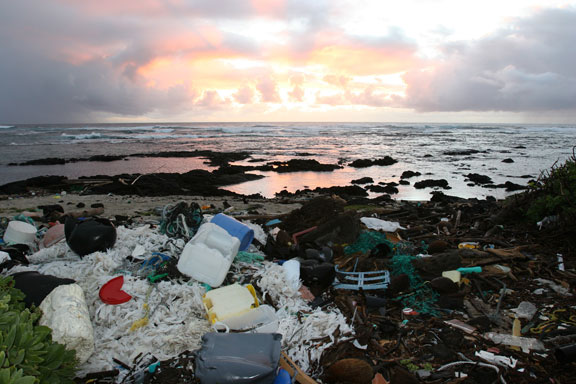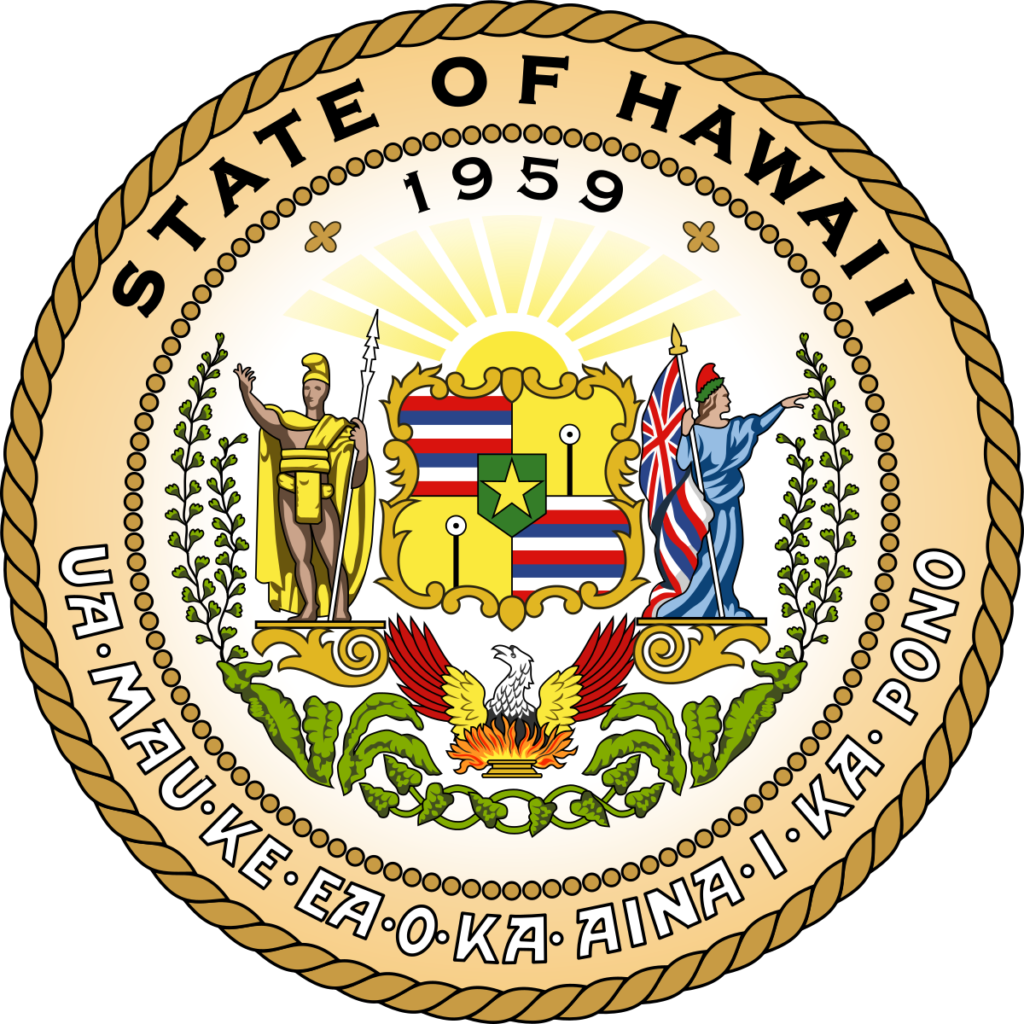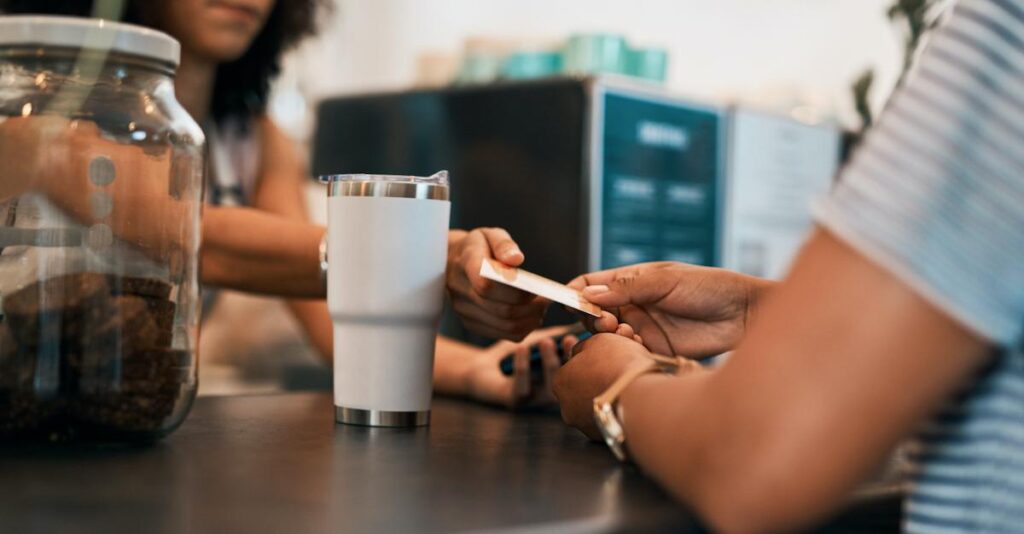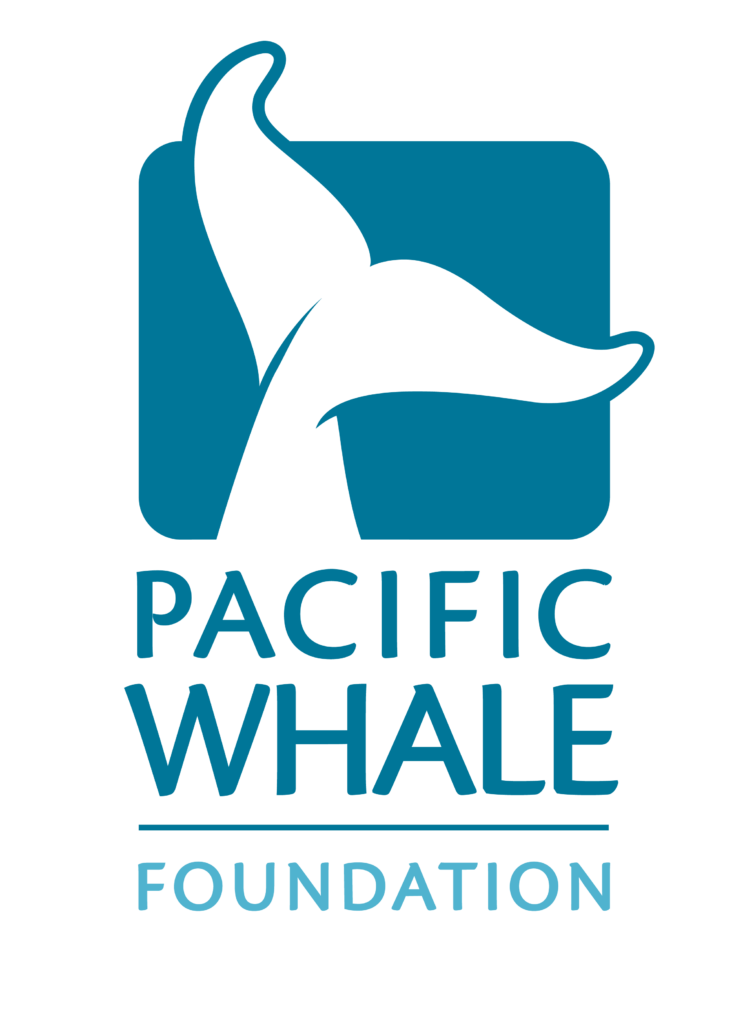Author: Conservation Coordinator Shelby Serra
We now know the dangerous threat human-generated debris poses to marine environments here in Hawaii and across the globe.

Imagine a world in which your favorite consumer products came packaged in recyclable, sustainable materials that didn’t end up polluting our oceans?

In our previous installments on the environmental threat of marine debris, we learned of the systemic changes necessary to protect our ocean’s health from the damning effects of plastic. We also discussed the policies that are currently under consideration at the national level that attempt to address the problem of excess and everlasting plastics in our environment. We now know that both upstream (producer) and downstream (consumer) efforts are critical in addressing the problem, as well as major system-wide adjustments that aim to keep materials in use and follow regenerative principles. In this final installment, we outline Pacific Whale Foundation’s (PWF) policy agenda that incorporates those concepts at the state, national and international level.

In 2019, in an effort to address Hawai‘i’s plastic waste issue, the Hawai’i State Legislature passed Act 254 which established a Plastic Source Reduction Working Group. The Working Group was tasked with formulating a plan for reducing and recovering plastic from the Hawai’i waste stream. In September 2020 the group created a draft plan in the form of seven recommendations for the State, which include creating state-wide uniform plastic policy, updating Department of Health codes, applying tax credits to businesses, and implementing state-wide education campaigns.
As the State considers these recommendations, PWF will advocate that policymakers adopt three critical solutions.
- First, PWF supports a systemic overhaul on product design; as it stands, there are simply too many products that have unnecessary and unrecyclable packaging. Plastic packaging accounts for nearly half of all plastic waste globally, with single-use items that are immediately thrown away making up the majority. For the sake of human and environmental health, this must change. The Working Group recommended the State undertake an extensive study on the pros, cons
,and feasibility of Extended Producer Responsibility (EPR) in Hawai’i, which highlights the need for producers to design their products with end life in mind, taking on the consumer (and planet’s) burden of disposal. As EPR puts responsibility on the producer, this naturally calls for a redesign due to the inefficacy of current waste management practices.
One current piece of legislation that could help to inform Hawaii’s efforts to advance EPR is the Break Free From Plastic Pollution Act (BFFPPA) (H.R. 5845). An important element to this national legislation is that it not only bans certain single- use products that are not recyclable, but also establishes a minimum recycled content for packaging and other food-service products. This form of product redesign will be necessary as governments and municipalities decide how to legislatively combat marine debris across the globe.
Another innovative solution is the California Circular Economy and Plastic Pollution Reduction Act (S.B. 54 and A.B. 1080). As the name suggests, many of the ideas of the circular economy, a model in direct contrast to the “take-make-waste” model of the linear economy that has left us in the plastic predicament we find ourselves in now, are integrated into this bill, including stricter requirements on producers, retailers, and wholesalers of single use packaging and single-use products. The bill also gives power to revoke or suspend the certificate of compliance of an out-of-state vendor, thereby cutting that supplier off from the world’s fifth largest economy.

- Second, PWF will advocate for improved waste management infrastructure. Whether this is the creation of a dedicated pool of funds to improve recycling infrastructure or limiting plastic exports to countries with known waste mismanagement, waste management infrastructure needs a considerable overhaul. Specific attention must be paid to middle- to low-income countries that are currently on the receiving end of high-income countries’ plastic waste, — a major source of plastic leakage into rivers and oceans. Interestingly enough, the recommendations for the State of Hawai’i do not include anything about waste management infrastructure. The general investment in this type of infrastructure on a small
,state level essentially allows producers to continue creating waste, again, leaving the end life responsibility on local municipalities. This is a necessary consideration in combating known waste mismanagement.
One way California’s Plastic Reduction Act addresses this problem is by forbidding any city or county from requiring a grocery store to use a certain type of food packaging unless the majority of residential households within that jurisdiction have access to a curbside program that accepts that material. In other words, if the waste can’t be properly managed, it is not allowed to be sold. This specific inclusion ensures that the infrastructure to manage the waste exists where the waste is produced. These crucial components of legislation take a necessary holistic approach to combating this global issue.

- Finally, to truly achieve a circular (and sustainable) economy, those plastic consumer materials that are absolutely critical need to remain in perpetual use. The most important aspect in moving away from our environmentally destructive take-make-waste linear economy is to redesign the system so that materials that are intended to last actually do. This consideration is written into the Working Group’s recommendations in a number of ways. First, the Working Group recommends updates to the Department of Health’s Health Code to allow people to bring their own containers when they are making to-go purchases. Second, the aforementioned tax credit for businesses is stipulated to those businesses that invest in modern commercial washing and reuse equipment. The last of the Working Group’s related recommendations is to organize and finance a pilot project that tests the efficacy and expense of UV-C sanitizing technology. These technologies have the potential to provide opportunities for businesses to sterilize reusable containers and bags, allowing these items to remain in use.

Plastics pollution is a systems-wide problem that will require systems-based solutions. Pacific Whale Foundation will support and advocate for legislation that implements product redesign, highlights and funds waste management improvements, and incentivizes a more reusable culture. We believe that integration of these three considerations, at the very least, will go far in mitigation of marine debris , and help to protect our ocean and its inhabitants.
The research required for this blog series has illuminated the intrinsic linkages between the issue of marine debris and the threat of fisheries’ interactions with whales and dolphins. We look forward to sharing insights on the policies that protect as it relates to derelict fishing gear and by-catch mitigation. BUT FIRST, since the whales are now slowly trickling into the Hawaiian waters, we will focus our next series on responsible whale watching. Where did the industry start? Who is in charge? What is PWF doing about it? Stay tuned!
